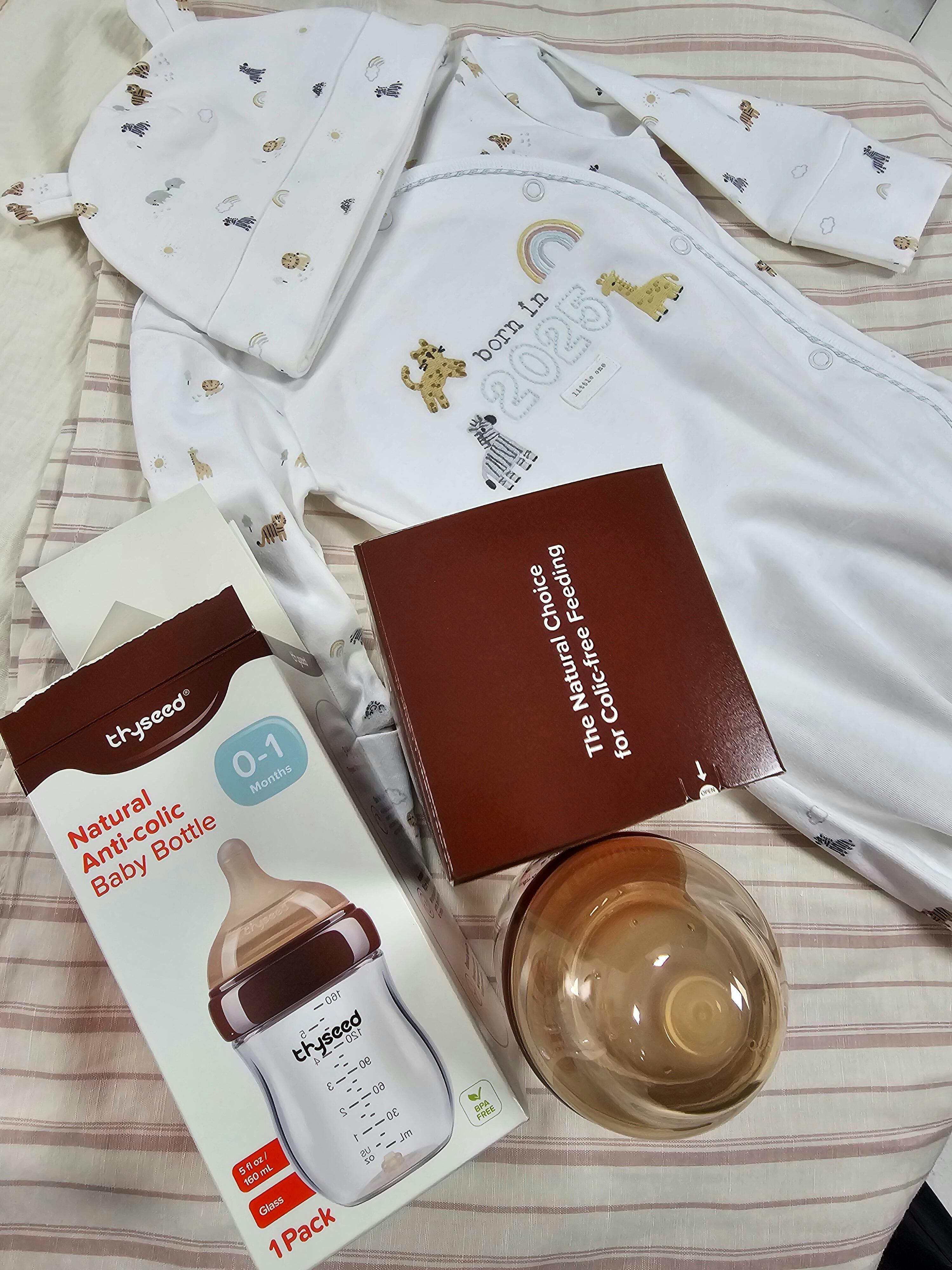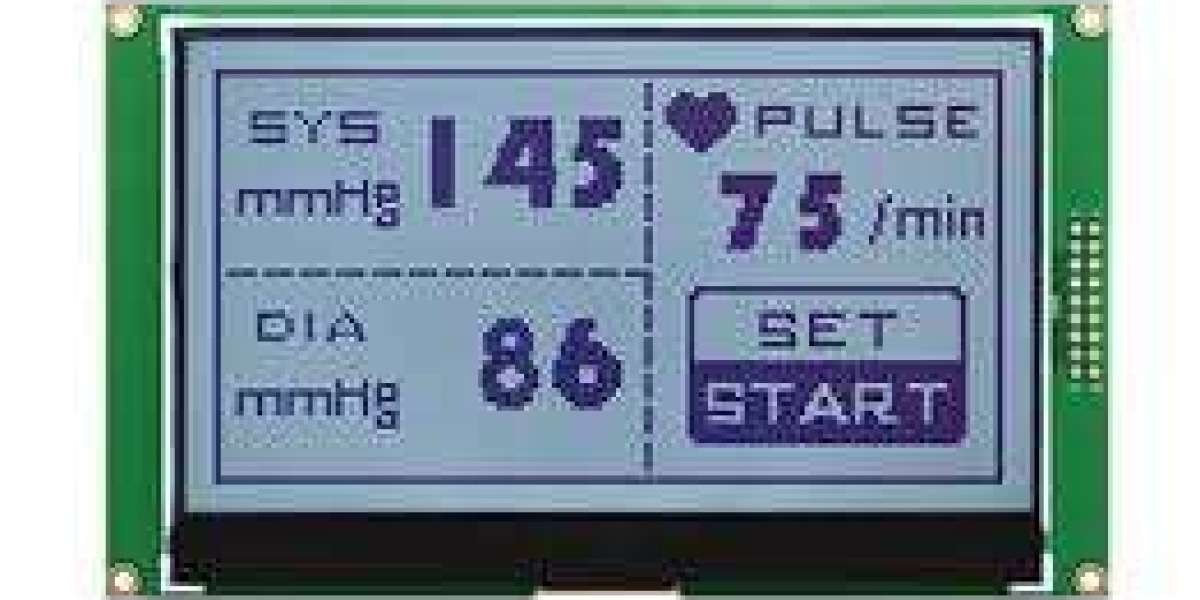Discover the Secret to Choosing Baby Bottles That Perfectly Mimic Breastfeeding!
Choosing the right baby bottle can be a daunting task for breastfeeding mothers and their little ones. The transition from breastfeeding to bottle feeding often comes with challenges, such as finding a bottle that closely mimics the natural breastfeeding experience. Many parents worry about whether their baby will accept a bottle, especially if they have been exclusively breastfeeding. Bottles that resemble breastfeeding not only help ease this transition but also ensure that the baby continues to receive the comfort and nourishment they are used to. Understanding what to look for in a bottle can significantly improve feeding success and reduce stress for both parent and baby.

Understanding the Anatomy of Breastfeeding
Breastfeeding is a natural and instinctive process for infants, characterized by a unique latch and sucking motion that allows them to extract milk effectively. The anatomy of breastfeeding involves a combination of the baby's mouth, tongue, and the mother's breast, working together to create a seal and control the flow of milk. For a bottle to successfully mimic this experience, it should facilitate a similar latch and encourage a natural sucking motion. This can be achieved through thoughtful design in the bottle's nipple, which must allow for a comfortable fit that encourages the baby's instinctual feeding behaviors. By understanding these natural mechanisms, parents can make informed choices about bottles that will support their baby's feeding journey.
Key Features of Bottles That Mimic Breastfeeding
When searching for baby bottles that replicate the breastfeeding experience, several key features should be considered. Firstly, the nipple shape is crucial; it should resemble the shape of a mother's nipple to help the baby latch on comfortably. Additionally, the flow rate is important; it should mimic the natural flow of breast milk, which can vary depending on the baby’s age and feeding habits. Lastly, the material of the bottle also plays a role; it should be soft and flexible to provide a familiar sensation for the baby. By focusing on these essential characteristics, parents can enhance their baby's feeding experience and promote a smoother transition from breast to bottle.
Nipple Shape and Texture
The variety of nipple shapes and textures available in baby bottles can significantly impact a baby's acceptance of the bottle. Many bottles feature nipples designed to closely resemble the natural contours of the breast, allowing for a more comfortable latch. Textured nipples can also provide a familiar feel, which can help to ease any resistance the baby may have towards feeding from a bottle. Friends of mine who went through this transition shared that their babies were more willing to accept bottles with wider, softer nipples that closely mimic the feel of breastfeeding. Choosing the right nipple shape and texture can make all the difference in ensuring that feeding time remains a positive experience.
Flow Rate Considerations
The flow rate of a bottle's nipple is another crucial factor that can affect a baby's feeding experience. Different stages of a baby's development require different flow rates; for instance, newborns typically do better with a slower flow to mimic breastfeeding and prevent choking. Conversely, as babies grow and their sucking skills improve, a faster flow may be more suitable. Striking the right balance is essential; if the flow is too fast, it can overwhelm the baby and lead to frustration, while a flow that is too slow may cause them to lose interest in the bottle. Understanding and selecting the appropriate flow rate for your baby's stage can make the feeding process more enjoyable for both the caregiver and the infant.
Transitioning from Breastfeeding to Bottle Feeding
Transitioning from breastfeeding to bottle feeding can be a smooth process with the right approach. It’s often recommended to introduce the bottle when the baby is calm and not overly hungry, allowing them to explore the bottle in a stress-free environment. Gradually incorporating bottle feeding during times when the mother isn’t available can help the baby adapt to the change without feeling anxious. For instance, a friend of mine began offering a bottle for the evening feed while still breastfeeding during the day, which helped her baby adjust slowly. The caregiver's role is also vital; being patient and encouraging can significantly ease this transition for both the baby and the parents.
Common Challenges and Solutions
Many parents encounter common challenges when introducing bottles, such as their baby refusing the bottle or becoming confused between breast and bottle. A typical solution is to have someone other than the breastfeeding mother offer the bottle, as the baby may smell the breast milk and prefer breastfeeding. Additionally, experimenting with different bottle types and nipple shapes can help identify what works best for the baby. It’s important to remain calm and patient, as forcing the baby to take the bottle can create negative associations. With time, persistence, and a few strategies, most parents can successfully navigate these challenges and find a feeding method that works for their family.
Essential Insights for Selecting Bottles
Choosing the right baby bottle that mimics breastfeeding is essential for parents transitioning from breastfeeding to bottle feeding. Understanding the anatomy of breastfeeding, the key features of ideal bottles, and the challenges that may arise during this process can make a significant difference in the experience. Remember to be patient and flexible, as every baby is different and may require a unique approach to adapt to bottle feeding. With the right support and resources, parents can ensure that their little ones continue to receive the nourishment and comfort they need, whether through breast or bottle.














